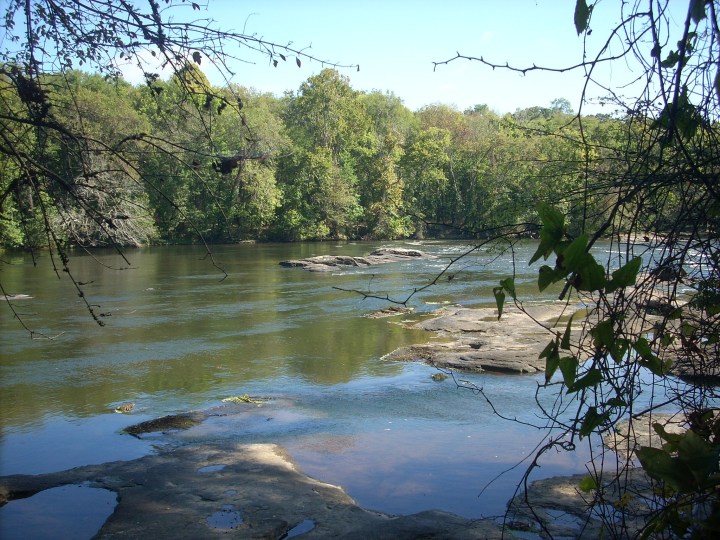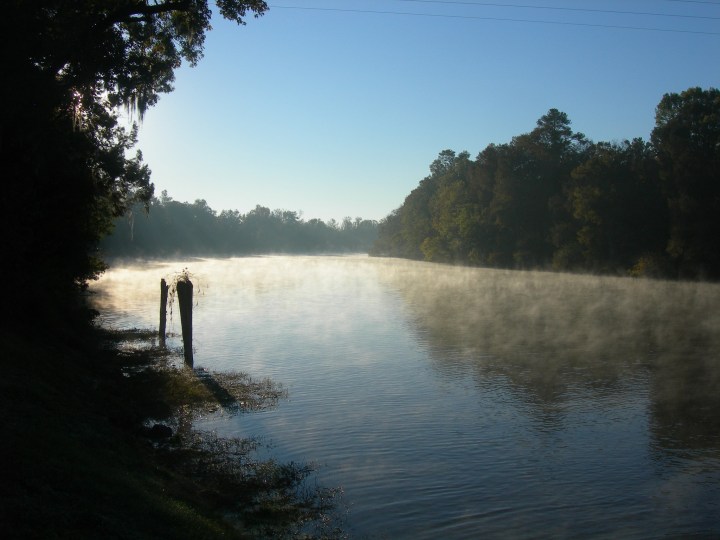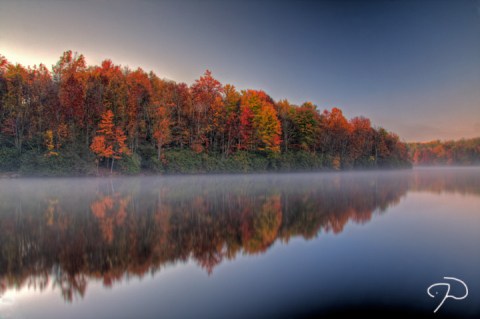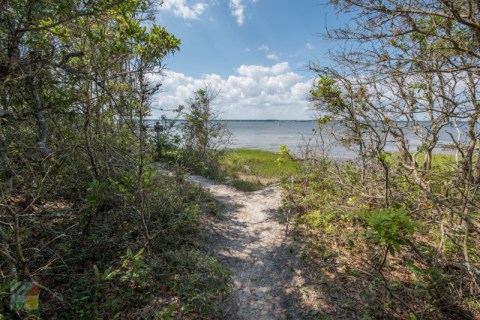One Of North Carolina's Most Beautiful Rivers Might Also Be The Most Dangerous
Spanning 202 miles, the beautiful Cape Fear River received the nickname ‘Blackwater River’ as a nod to the deep, dark water that encompasses the flow. Flowing into the Atlantic Ocean, near Cape Fear, the namesake originated from the river’s path. With a dangerous ocean current streaming in, many swim and play in the Cape Fear not knowing the deadly history that comes along with it.

While lovely, the Cape Fear demands respect from swimmers. This past week, two Harnett County teens, Donovan Sutton, 15, and Steven Pipkin, 16, died while trying to cross the river. Their entry point was a couple hundred yards north of the N.C. 217 bridge. The Cape Fear seems to possess a gentle flow to an outsider looking in, but once you're in the river, strong flows, large drop off points, and a mud base that seems to pull you right in can be cause for concern.

The worry with the Cape Fear is that the dangers of the current and river are not always present. Earlier this summer, three kayakers capsized and had to be rescued. When crews found them, they were clinging to trees as the water rushed onwards. Earlier in the year, two canoeists were rescued in the same area where the two teens drowned this past week. Throughout the years, swimmers have either been rescued or perished in the dark waters.
While the flow might seem calm up top, dangerous undercurrents, powerful tides, and unclear depths make it a hazardous swimming spot. One section in Erwin is known for extreme drop-off points where you might be walking in two to three feet of water, then suddenly encounter a ten foot drop off. At that point, add in strong currents and you are swept away. There's also much undergrowth in the water including branches that swimmers can get caught on, causing even the most skilled to devolve into panic and frenzy.
While the flow might seem calm up top, dangerous undercurrents, powerful tides, and unclear depths make it a hazardous swimming spot. One section in Erwin is known for extreme drop-off points where you might be walking in two to three feet of water, then suddenly encounter a ten foot drop off. At that point, add in strong currents and you are swept away. There's also much undergrowth in the water including branches that swimmers can get caught on, causing even the most skilled to devolve into panic and frenzy.
Advertisement

A study presented by N.C. Department of Human Resources cited 21 drowning deaths in the Cape Fear from 1980-84. Compare that with other popular rivers like the French Broad, where only five deaths occurred, and the Tar River, which saw ten deaths, and the results seem somewhat alarming. While any tragic accident is indeed tragic, it's important for people to follow warnings and ensure their swimming ability before jumping in a daring and challenging body of water like the Cape Fear. This summer, while flows might be slightly slower, that doesn't mean you should let your guard down. It's true the Cape Fear River demands respect, and while many frequent the waters for rafting, boating, swimming and fishing, this blackwater river is beautifully deceiving.
Have you swum in the Cape Fear or swim there often? What do you think of the current and the dangers?
While North Carolina rivers certainly demand a bit of caution, they’re also beautiful, historic and mysterious; like these 10.
OnlyInYourState may earn compensation through affiliate links in this article. As an Amazon Associate, we earn from qualifying purchases.



